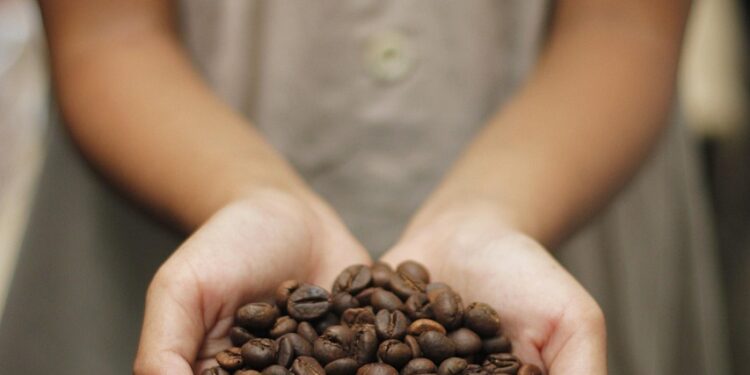Awakening the Senses: A Beginner’s Guide to Enjoying Coffee
If you’re just starting your journey into the world of coffee, welcome! This beginner’s guide aims to ignite your senses and expand your understanding of how to enjoy coffee like never before. Whether you’re a casual coffee drinker or an aspiring coffee aficionado, knowing the basics of coffee tasting, brewing methods, and bean selection can transform your sipping experience from a daily habit to a delightful ritual.
Understanding Coffee Basics
Before diving into the complexities of coffee flavors and aromas, it’s essential to grasp some fundamentals. Coffee is more than just a caffeine source; it’s a diverse beverage with varieties stemming from different regions, each with unique characteristics.
Types of Coffee Beans
The journey into coffee appreciation starts with understanding the different types of coffee beans:
- Arabica: Known for its sweet, soft taste and higher acidity, Arabica beans are popular among specialty coffee makers.
- Robusta: These beans are more robust and bitter, often used in espressos for their deep flavor and creamy texture.
The Importance of Freshness
Freshness is crucial in coffee. Fresh roasted beans are paramount because they retain more flavor and aroma. Aim to use coffee beans within weeks of their roasting date to ensure maximum freshness.
Exploring Coffee Brewing Techniques
The method by which coffee is brewed greatly impacts the flavor profile of the final cup. Here’s a look at some popular brewing techniques:
Drip Coffee Brewing
This classic method involves hot water dripping through coffee grounds, extracting flavors gradually. Machines like automatic drippers or a hand-poured over make this method both accessible and capable of producing a consistent brew.
French Press
For those seeking a richer body and more texture, the French press is ideal. This method allows the coffee grounds to steep directly in hot water, releasing more oils into the brew.
Espresso
A staple in cafes around the world, espresso is a method where a small amount of nearly boiling water is pressed through finely-ground coffee beans, creating a concentrated and bold shot of coffee.
Experimenting with different brewing methods can help you discover what best suits your taste preferences.
Mastering the Art of Coffee Tasting
Just like wine tasting, coffee tasting is an art that involves deeply engaging your senses to notice the nuances and complexity of flavors. Here’s how you can enhance your tasting skills:
Pay Attention to Acidity, Body, and Flavor
Acidity refers to the bright, tangy quality of coffee; body is the feel of the coffee in your mouth; and flavors can range from simple notes like chocolate to complex hints of fruit or spice.
Developing Your Palate
Try different coffee beans and brew methods. Pay attention to the subtleties between different roasts and origins. Over time, you will start to distinguish the varied flavor profiles.
Choosing Your Coffee Gear
Quality brewing requires quality tools. Here are essential items to get:
Coffee Grinder
Invest in a good burr grinder. Unlike blade grinders, burr grinders allow you to control the size of your coffee grounds, which is crucial for flavor extraction.
Gooseneck Kettle
Especially for pour-over techniques, a gooseneck kettle offers precision pouring that is essential for proper extraction.
Remember, the initial investment in good coffee gear pays off with consistently better coffee.
Frequently Asked Questions about Coffee
How Much Coffee Should I Use Per Cup?
Generally, a good starting ratio is about 2 tablespoons of coffee per 6 ounces of water. Adjust according to taste.
What’s the Best Way to Store Coffee?
Keep coffee beans in a cool, dry place out of direct sunlight and in an airtight container, preferably not in the fridge or freezer.
Can Decaf Coffee Taste Good?
Absolutely. The decaffeination process has vastly improved, and many decaf coffees offer flavor profiles as rich and enjoyable as their caffeinated counterparts.
Final Thoughts
Learning how to appreciate coffee is a journey that can enhance not just your mornings, but also provide delightful sensory experiences throughout your day. Remember to savor each cup, experiment with brewing methods, and most importantly, enjoy the process of discovering the varieties and depths of coffee.
With the guidelines and tips provided in this beginner’s guide, you’re now equipped to deepen your understanding and appreciation of coffee. Ready to awaken your senses to a world brewing with possibilities? Let the journey begin!





